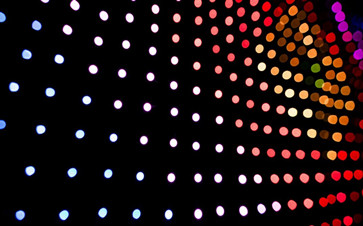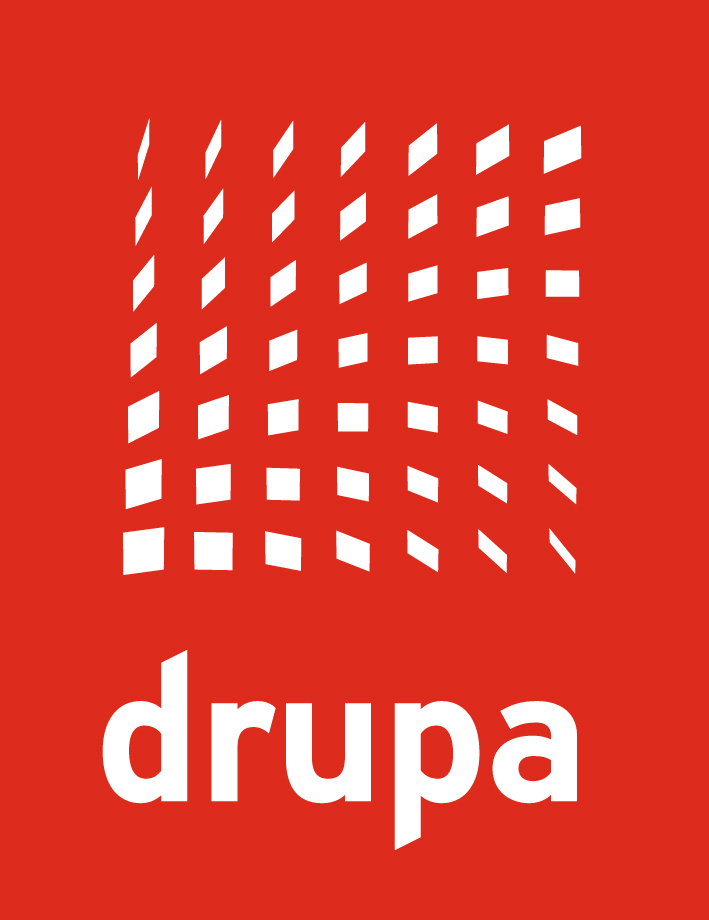New Innovative Process for Printing Luminescent Materials
Time:2017-11-28 From:

A Daily Problem as Initiation
A bus stop at night, it’s dark. People want to board the bus and need to find the button to open the doors. There’s a LED light circle around the button to give a better visibility. So far so good, but especially night and for older people, the diodes are often too bright. Therefore, the Mannheimer bus manufacturer EVOBUS started to look for a way to create a less bright button. Here is where Dr. Martin and his team come into play with their luminescent materials.
A New Way of Pad Printing
The big advantage is that these new materials light up by themselves when they’re applied with energy. So LEDs or other light installations would become unnecessary. With the right printing process, it is possible to produce any object with a minimum of effort and resources. And it’s highly innovative. Dr. Sauer and his team used the pad printing process, which is used for products with uneven surfaces, and combined it with luminescent material. Because nobody tried before, they had to create their own standards. The material had to be extremely even so that it acts as a capacitor and the finished button had to last for about ten years. Without any loss of brightness, of course. So the scientists converted a normal printing press and upgraded it with an electric precision drive and measuring probes. The advantage of this new printer is, that they could experiment with materials, shapes, and sizes and control everything with their own software. To get this precise and efficient printing process, Dr. Sauer and his team are not only supported by EvoBus, but also by the Federal Research Ministry, Captron Electronic in Olching, and Franz Binder GmbH & CO. Elektrische Bauelemente KG in Neckarsulm.
Getting Ready for the Global Market with the Luminescent Materials
The printing process wasn’t the only obstacle. The control electronics for the button have to be fitting in the housing of the bus, as fast as possible. Furthermore, they should be contactless. So the IDD got another partner – the Department of Integrated Electronic Systems (IES), led by Prof. Klaus Hofmann. They’re developing a chip that will control the lighting and the sensor and also ensure, that the electroluminescence and sensors are not affected by interferences. The prototype worked very well and now they’re finishing it. Together these two innovative technologies are really ready for the global market.
News Source:Blog drupa
Written By drupa Redaktion

